The effectiveness of the connection between Ho Chi Minh City and the Southeast provinces via National Highway 13 is what people and businesses are looking forward to.
On the afternoon of February 11, on National Highway 13 through Ho Chi Minh City, reporters from Nguoi Lao Dong Newspaper continued to be caught in a "traffic jam" like a long time before.
Overload
The stream of vehicles including motorbikes, homemade vehicles, electric bicycles... intertwined with cars, inching forward, created a suffocating picture. Ms. Nguyen Thi Hong, a street vendor, while stopping dozens of meters at a red light, turned to the reporter and said in dismay that this was a common scene along Highway 13 from the Binh Phuoc intersection overpass to Binh Trieu bridge and vice versa. She said the most haunting thing was during rush hour when she was stuck in the middle of all kinds of car horns, engine noises, and dust.
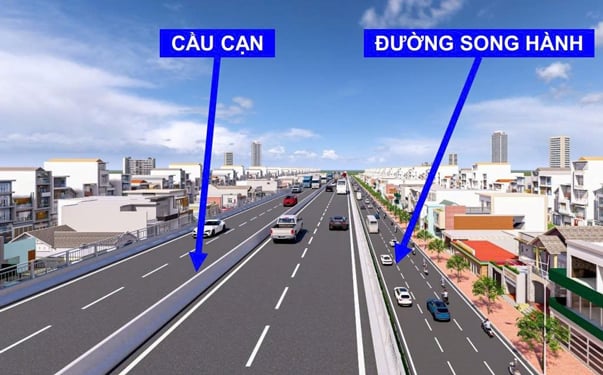
Perspective of the project to upgrade and expand National Highway 13. (Photo provided by the Ho Chi Minh City Department of Transport)
Two-wheelers are like that, truck drivers are even more miserable because of the prolonged traffic jams. "National Highway 13 is constantly congested, just one collision can cause a long traffic jam. One day, I was transporting goods to the wholesale market and "crawled" on the road for nearly an hour. Motorbikes can still maneuver, but four-wheelers like us are helpless, with no way out" - Mr. Tran Dinh Tai, who regularly transports goods to Thu Duc wholesale market, lamented.
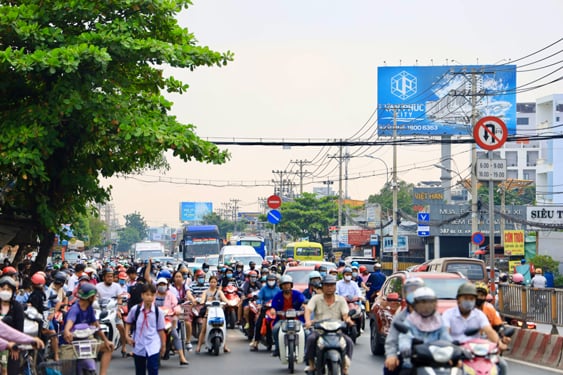
National Highway 13 through Ho Chi Minh City on the afternoon of February 11. Photo: NGOC QUY
Reporters noted that with the increasing traffic volume, the overloaded situation on Highway 13 not only causes inconvenience to the people but also seriously affects trade. A radical solution to solve the congestion is what thousands of people participating in traffic on this route always hope for.
Expected
National Highway 13 through Ho Chi Minh City currently has a width ranging from 19 to 26 m. According to the Department of Transport of Ho Chi Minh City, despite being a special urban area, the economic center of the country, as well as the economic locomotive in the Southern key economic region, the transport infrastructure system - especially the belt roads and gateway roads of the city - has not yet been invested in and expanded according to the planned road boundary. In order to create momentum for economic development and economic restructuring, it is very important to continue and promote investment in the transport infrastructure system, including the National Highway 13 project, of Ho Chi Minh City.
The Department of Transport has just submitted to the City People's Committee a pre-feasibility study report on the project to upgrade and expand National Highway 13 under the public-private partnership (BOT) model. This is one of five transport projects implemented by the city under a special mechanism from Resolution 98/2023 of the National Assembly, allowing BOT implementation with existing infrastructure.
Accordingly, the 6.3 km section from Binh Trieu Bridge to Vinh Binh Bridge (bordering Binh Duong province) will be widened to 60 m, accommodating 10 lanes. A 3.2 km elevated road (viaduct) will be built on the route from Binh Trieu intersection to Binh Phuoc intersection, with a design speed of 80 km/h. Below, the parallel road will have 3 lanes on each side, with a maximum speed of 60 km/h.
The total preliminary investment of the project is 21,724 billion VND, with over 14,700 billion VND from the Ho Chi Minh City budget, the rest contributed by investors. The estimated exploitation and toll collection period is 21 years and 4 months. The project is expected to be submitted to competent authorities for approval of the investment policy in the first quarter of 2025. Through many subsequent steps, construction will begin from the third quarter of 2026 to 2028 and the project will be put into operation.
Aiming for long-term effectiveness
Architect Khuong Van Muoi said that the increasing demand for travel and freight transport on National Highway 13 requires corresponding development of transport infrastructure. According to him, the expansion to 60m from Binh Trieu Bridge to Vinh Binh Bridge is urgent to reduce traffic pressure and strengthen the connection between Ho Chi Minh City and the Southeast provinces.
Dr. Phan Le Binh, Chief Representative of OCG Japan Consulting Office in Hanoi, said that in the context of a shortage of road surface area in large cities like Ho Chi Minh City, the construction of elevated roads is necessary. However, the cost of constructing elevated roads is often high, so when implementing under the public-private partnership method, there must be harmonious terms, resolving all risks arising between the state and investors to easily attract businesses to participate.
According to calculations, the cost of site clearance and relocation of technical infrastructure of the project accounts for more than 15,200 billion VND. Dr. Tran Du Lich - Chairman of the Advisory Council for the implementation of Resolution 98, who has participated in giving opinions and social criticism for 5 BOT projects organized by the Department of Transport - said that for expansion and upgrading projects on existing roads such as the expansion of National Highway 13, National Highway 1, National Highway 22, the issue of clearance should be minimized, only clearing the necessary scale to reduce costs and compensation time. In addition, it is necessary to apply toll collection technology by section - people traveling short distances pay less than people traveling long distances - to create fairness and transparency.
TOD Development Proposal
Architect Khuong Van Muoi also emphasized the need for a public transport-oriented urban development model (TOD) on the Hang Xanh - Binh Trieu intersection. The public transport system combined with urban planning will help reduce travel time, improve the quality of life, improve the environment and this is a sustainable development trend that Ho Chi Minh City needs to implement quickly.
"Resolution 98 and new policies will be the legal basis to help the city renovate the urban area according to the TOD model" - Mr. Muoi cited the basis and asserted that if implementation is slow, traffic congestion will become increasingly serious.
Recently, in a meeting with the leaders of the Ho Chi Minh City People's Committee, Ho Chi Minh City Infrastructure Investment Joint Stock Company (CII) proposed developing TOD for the area from Hang Xanh intersection to Binh Trieu bridge. According to CII, this unit will research, complete the idea and submit it to the city in August 2025.
Source: https://nld.com.vn/som-mo-rong-tuyen-giao-thuong-quan-trong-196250211210801378.htm






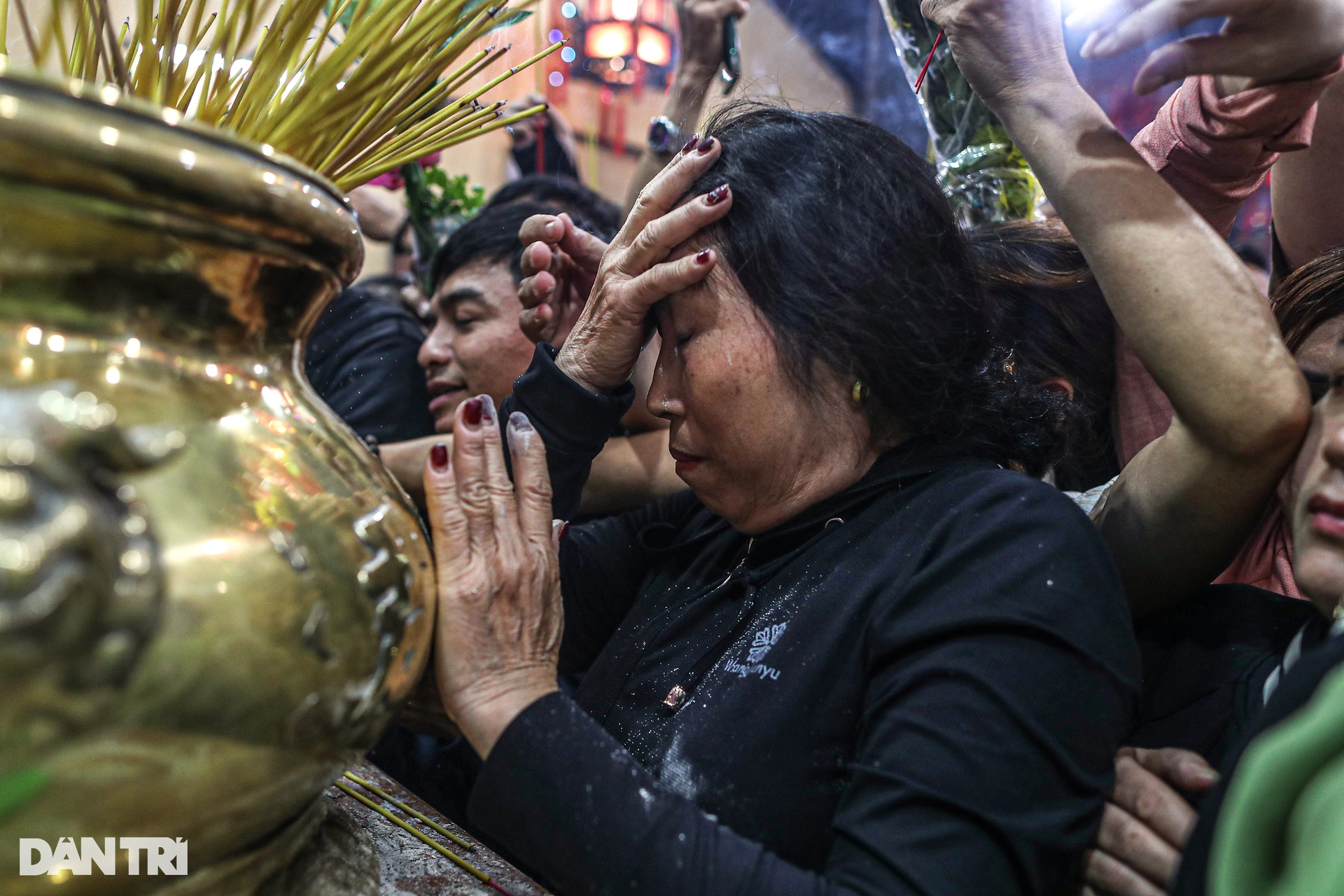

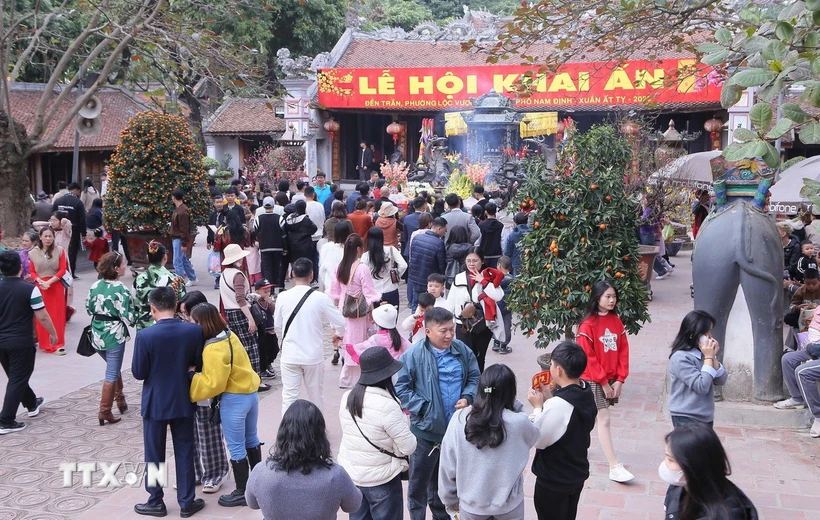
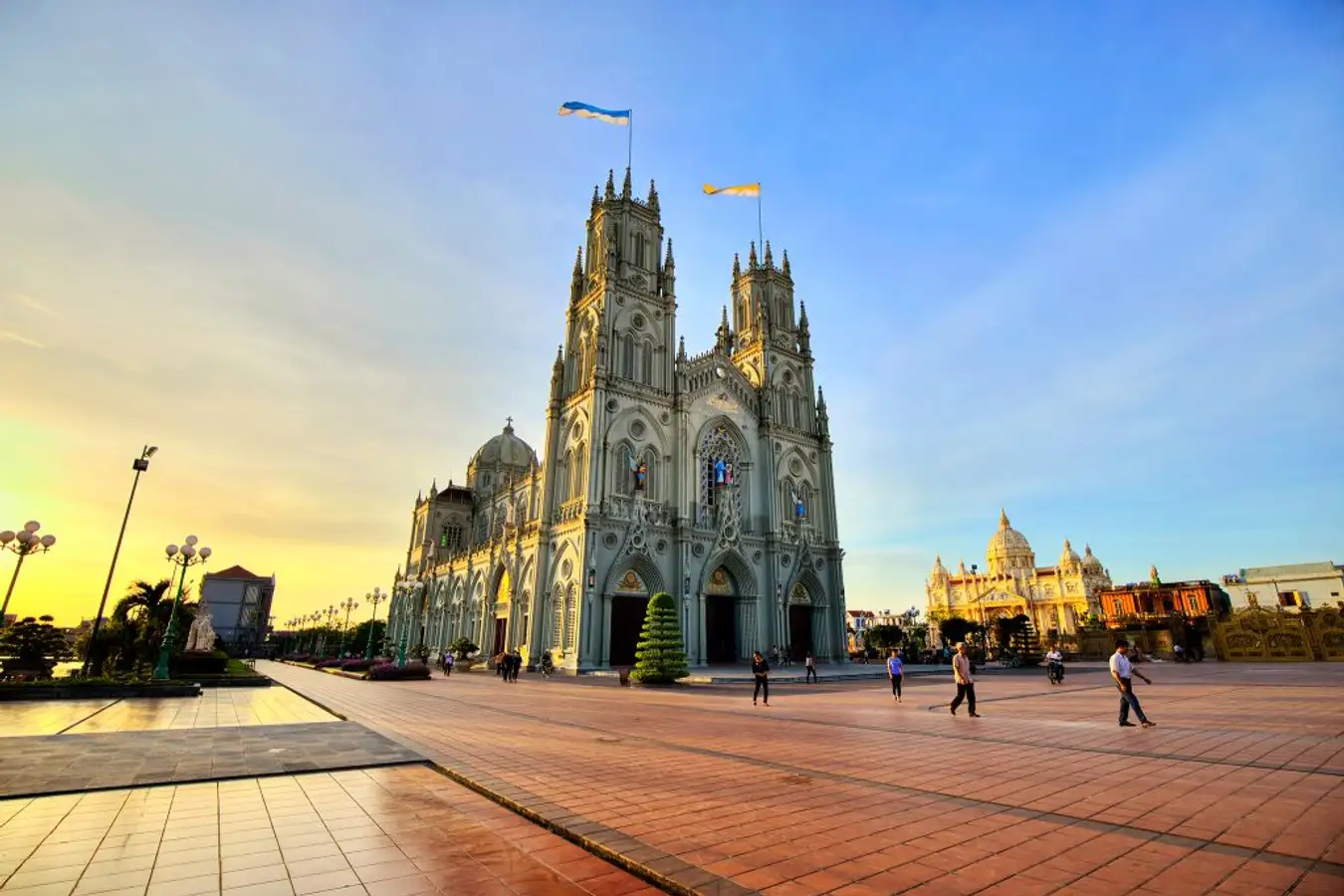





















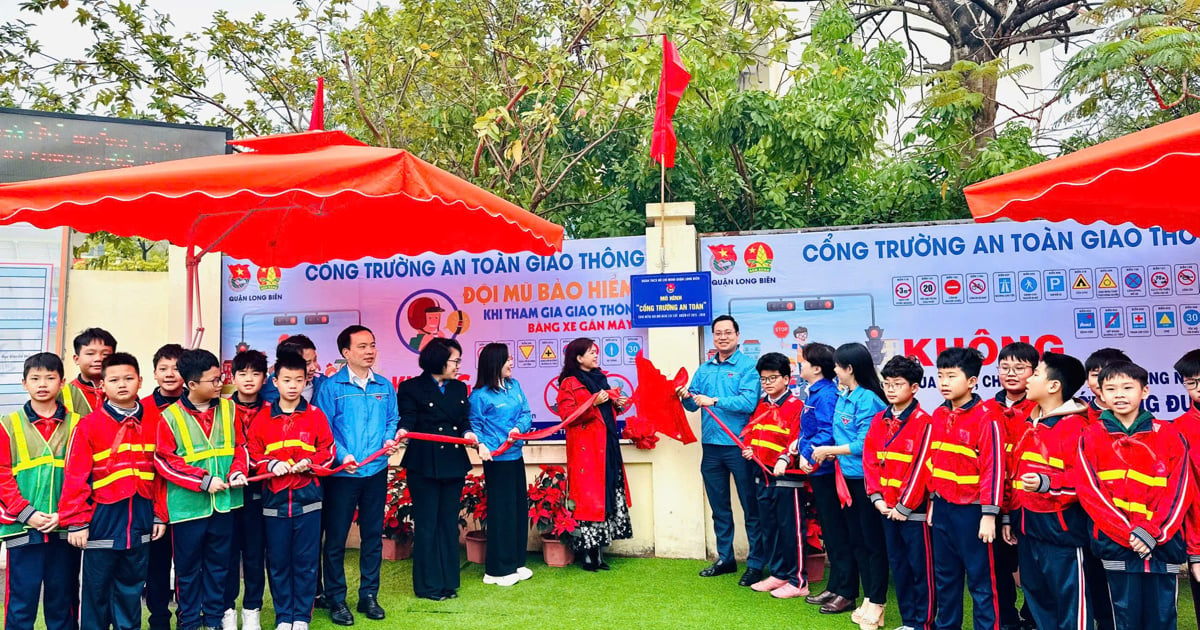

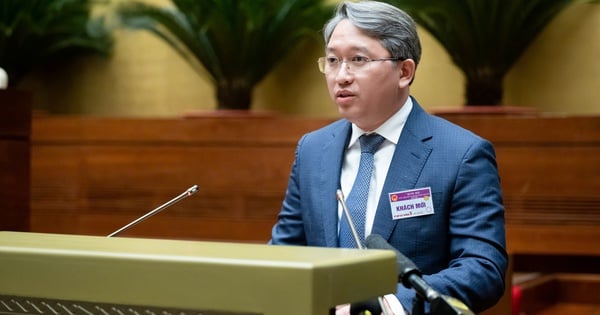


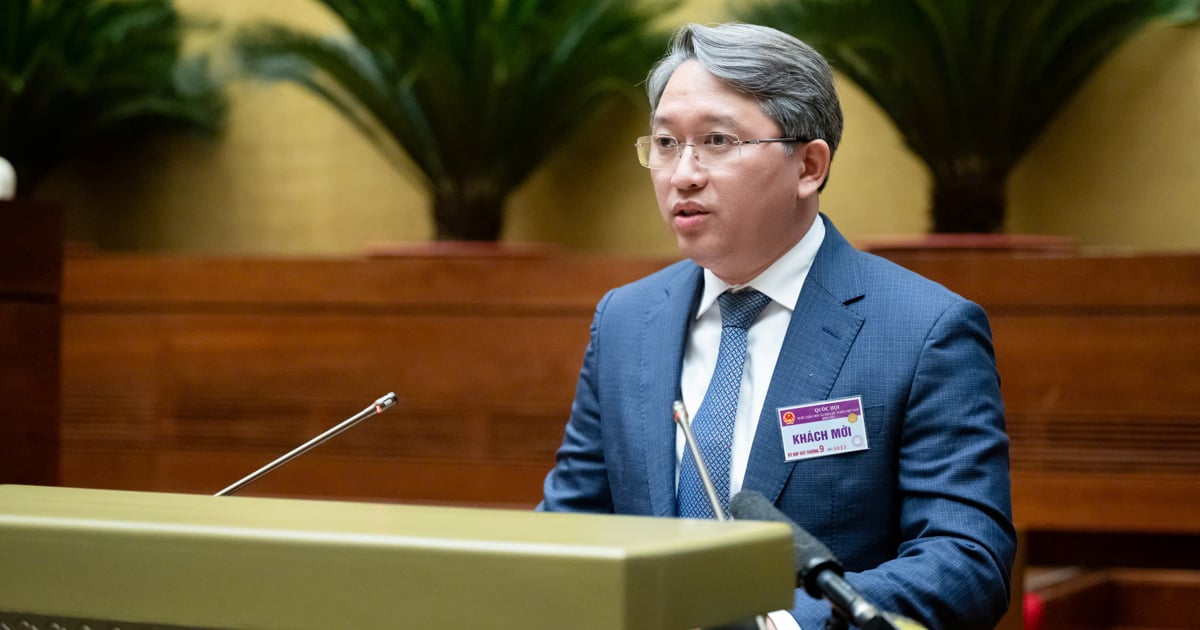


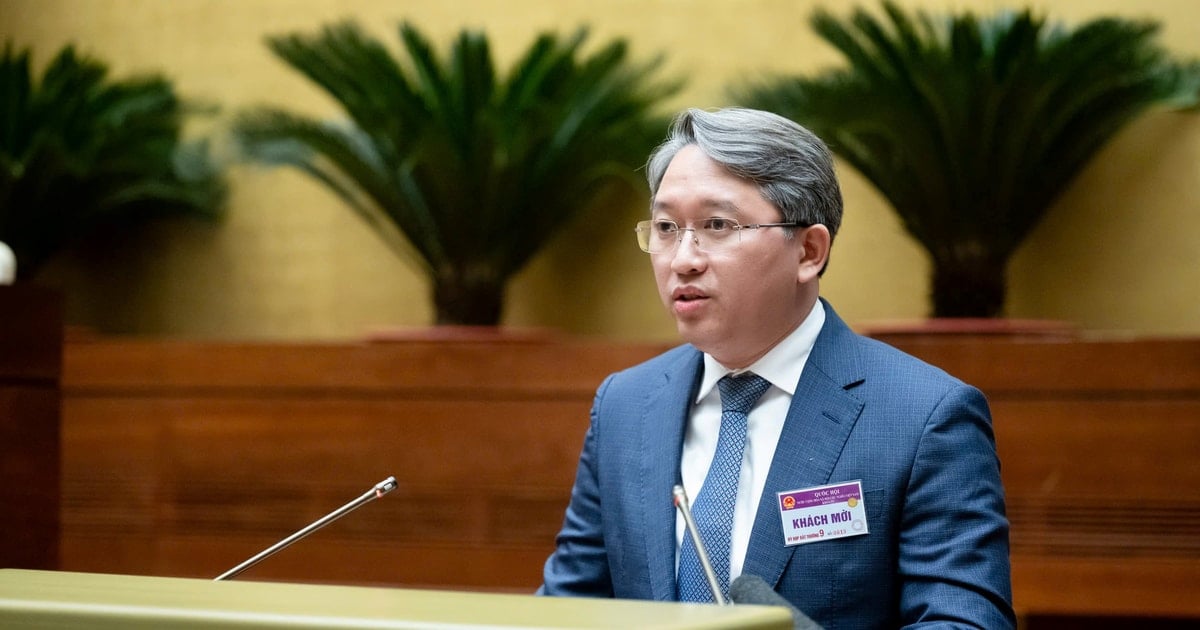

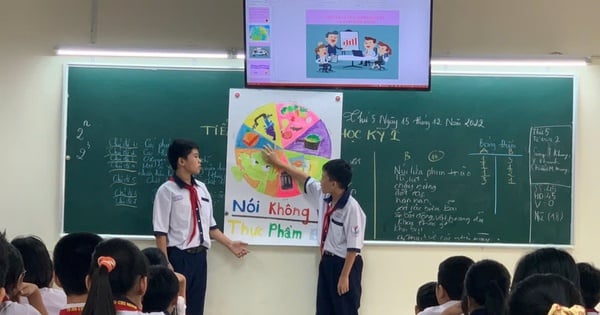
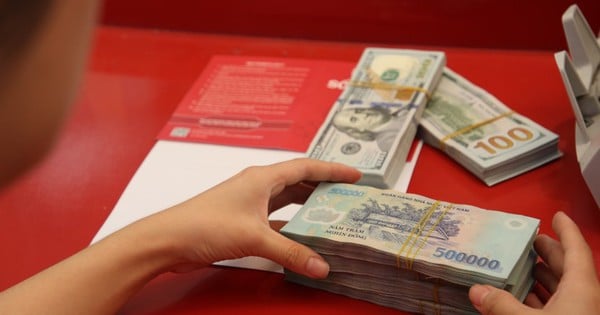

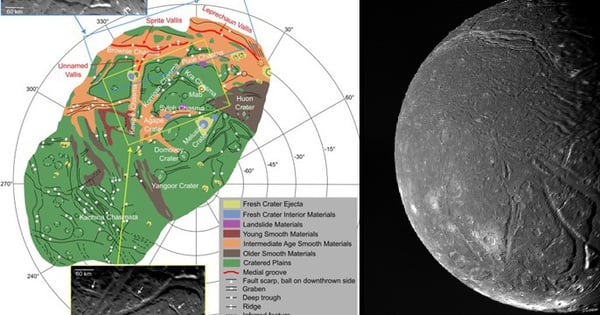

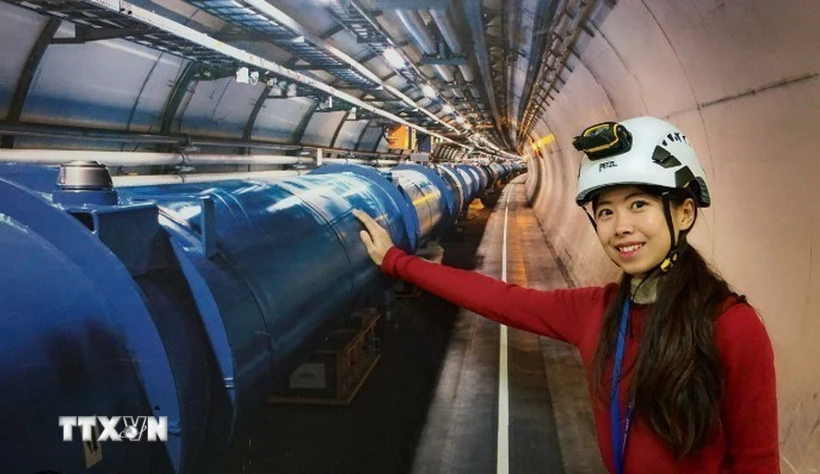














Comment (0)